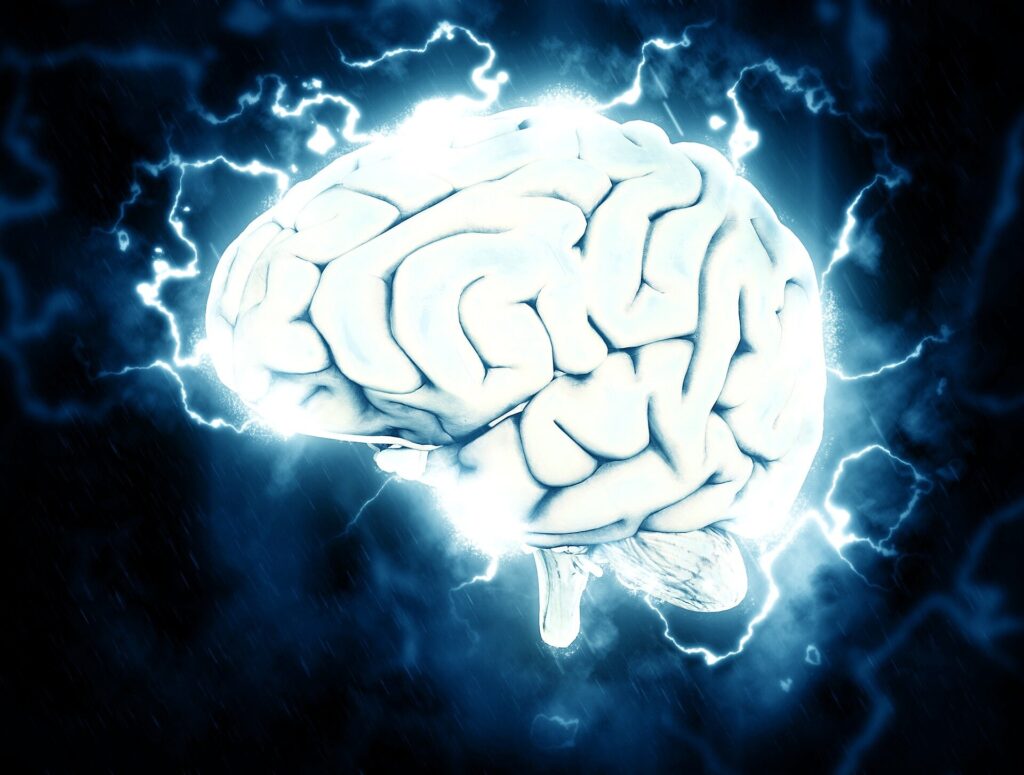Credit: CC0 Public Domain
× close
Credit: CC0 Public Domain
Researchers at the University of Queensland have discovered a molecular gateway that could help deliver drugs to the brain to treat neurological disorders.
Dr Rosemary Kater from UQ's Institute of Molecular Biosciences led the team that discovered that an essential nutrient called choline is transported to the brain by a protein called FLVCR2. This research Nature.
“Choline is a vitamin-like nutrient that is essential for many important functions in the body, especially brain development,” Dr. Cater said.
“We need 400 to 500 mg of choline per day to support cell regeneration, regulate gene expression, and send signals between neurons.”
Dr. Cater said that until now little was known about how dietary choline passes through the specialized layer of cells that separates blood from the brain.
“This blood-brain barrier prevents molecules in the blood that are toxic from entering the brain,” she says.
“The brain still needs to absorb nutrients from the blood, so this barrier has specialized cellular machinery called transporters that allow entry of certain nutrients, such as glucose, omega-3 fatty acids, and choline.
“This barrier is an important line of defense, but it poses challenges for designing drugs to treat neurological diseases.”
Dr. Cater was able to show that choline resides within the cavity of FLVCR2 as it crosses the blood-brain barrier and is kept in place by a cage of protein residues.
“We used high-power cryo-electron microscopy to observe exactly how choline binds to FLVCR2,” she said.
“This is important information for understanding how to design drugs that mimic choline and allow it to be transported by FLVCR2 and reach its site of action in the brain.
“These discoveries will help design future drugs for diseases such as Alzheimer's disease and stroke.”
The study also highlights the importance of eating choline-rich foods such as eggs, vegetables, meat, nuts, and beans.
For more information:
Filippo Mancia, Structural and molecular basis of choline uptake into the brain by FLVCR2, Nature (2024). DOI: 10.1038/s41586-024-07326-y. www.nature.com/articles/s41586-024-07326-y
Magazine information:
Nature


